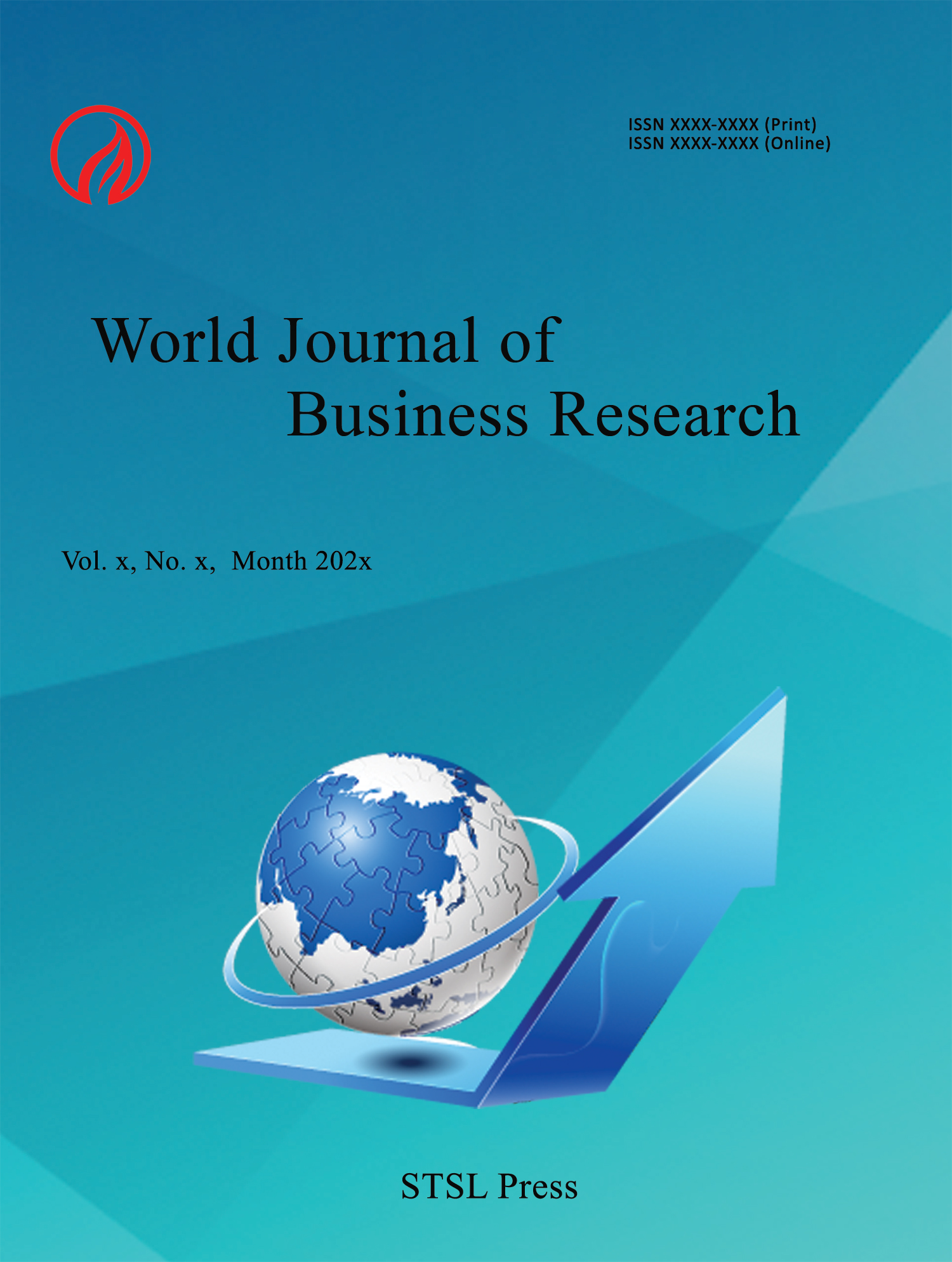The Extrapolations in Forecasting: A Function of Associational-Effects?
Gina Holton
Edward J. Lusk
Abstract
Context According to Tamhane & Dunlop (2000, p. 363) [T&D] re: Forecasting:
“- - -extrapolation beyond the range of the data is a risky business should be avoided.”
If Tamhane & Dunlop are correct that: Forecasting Extrapolations somehow compromise the linkages of the Projection of the Past into a Relevant Future, Then, indeed, Extrapolations should be avoided. This musing begs a Question: What is the Nature of the Jeopardy if forecasters routinely elect Extrapolations to inform their decision-making processes? Focus To provide information on this pivotal-question, we randomly selected Firms listed on the S&P500 to test the Impact of Extrapolations on forecasting profiles. Inferential Design Issues As the S&P500 Firm-Data-Panels are, in the main, driven by multiplicative- processes, we made the following decisions: The critical forecasting variables of interest to be profiled re: the impact of Extrapolations are: The Capture Rate of the 95%Prediction Interval & The Benchmarked-Precision. We will examine the Extrapolation & Interpolation Effects for four Exhaustive cases: {[Y]Int & [X]Int : [Y]Int & [X]Ext : [Y]Ext & [X]Int : [Y]Ext & [X]Ext}. Results There are clear inferential-indications that Extrapolations in the X-domain do indeed compromise the theoretical profiles that one may expect—to wit: The Failure to Capture Rate of the 95%Prediction Interval, for such X-Extrapolations, was on the order of 50%—far below the 95% theoretical expectation. Additionally, the Benchmarked-Precision of the 95%Prediction Interval for these X-Extrapolations was inferentially wider—much less precise than expected. We discuss the impact of this result on the development of forecasting protocols.
Paper:
pdf
DOI:
https://doi.org/10.71002/wjbr.v4n2p1
 This work is licensed under a
Creative Commons Attribution 4.0 License.
This work is licensed under a
Creative Commons Attribution 4.0 License.
Contact us
- Colin Garcia
- wjbr@stslpress.org
